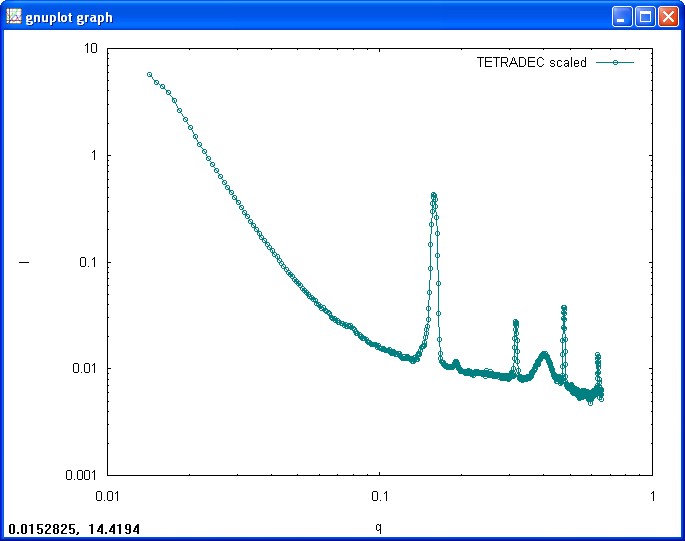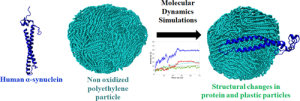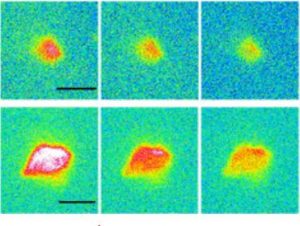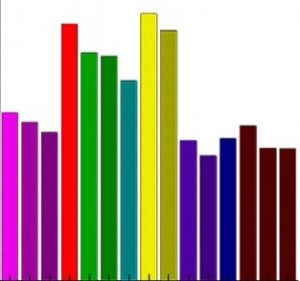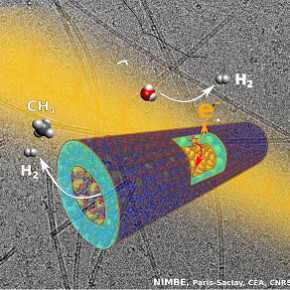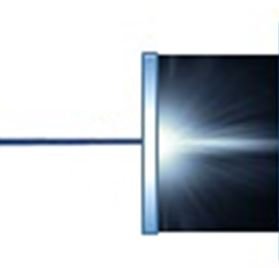O. Taché
We use the Open Source
ESRF Data File can also be opened.
Installation
Different plugins for radial averaging are under development.
- You need to download the last version with Java of ImageJ.
- Here you can download the complete SAXS plugins. Unzip it and copy-paste into a SAXS directory inside the plugins directory of Image-J. Open Image-J and Saxs plugins should appeared in the menu Plugins.
- Different plugins for opening X-Ray detector images are developped. Unzip it into the Input-Output directory of Image-J. Some comes from ImageJ plugins web site.
- A toolbar is also available (derived from ActionBar). Unzip it into the plugins directory.
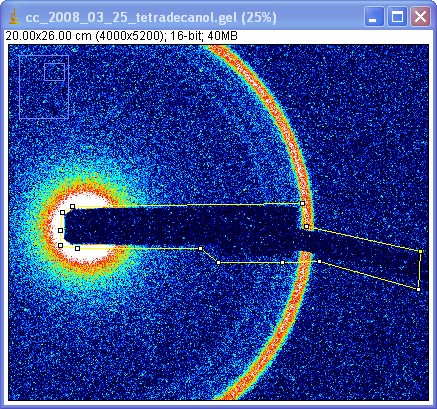
SAXS toolbar :
A toolbar is available to simplify data treatment
To activate this toolbar, you can go on Pugins menu/ ActionBar / SAXS.
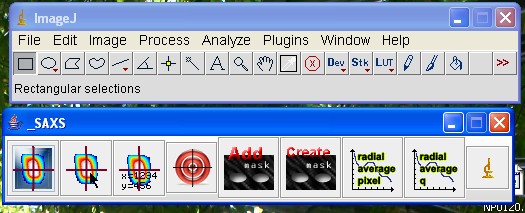
Plugins for defining beam center :
- graphically by clicking on the center,
- by finding the center of mass of direct beam,
- manually,
- and by tracing ellipses on im ages

Click on the toolbar icon and a dialog box appeared
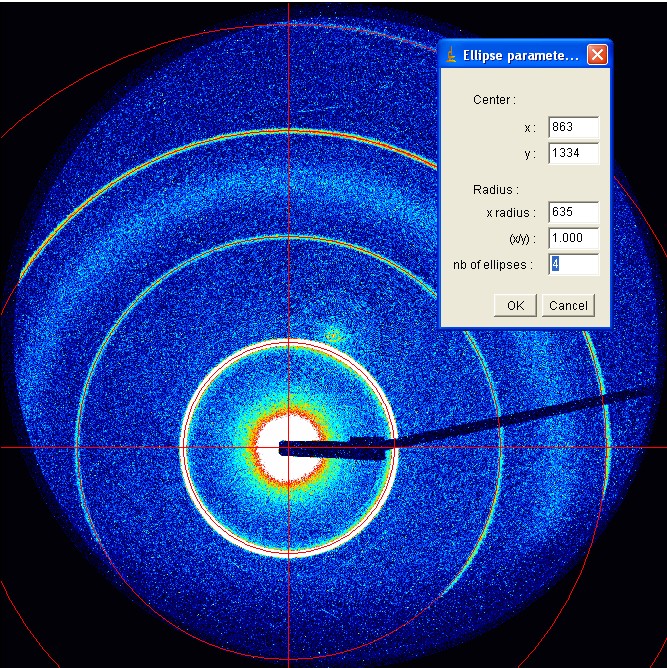
Defining Region Of Interest :
For radial averaging, we have to define wich part of the image we want, and wich part of image should not be taken into acount.
Then we can simply defining masks by tracing on the image or by loading p rev iously defined masks.
For defining masks, select a region and click on « add mask ».

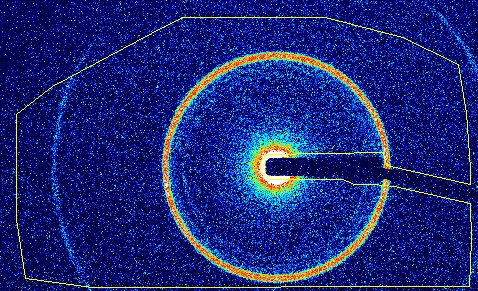
Radial Averaging parameters :
When clicking on « Radial Average » the following dialog box opened. Defaults parameters comes from ImageJ parameters. They are memozired for the next session.
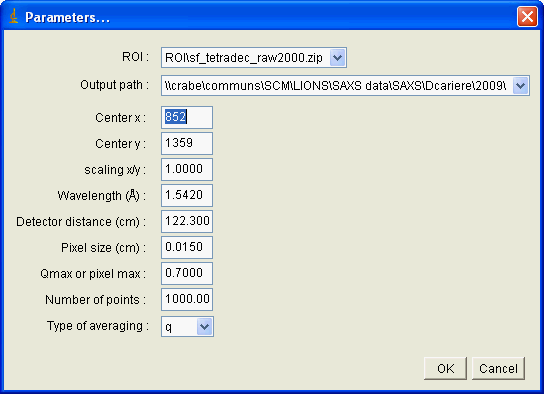
And the results after a few seconds (1.7s for a 32bit 2000×2000 pixels) :
